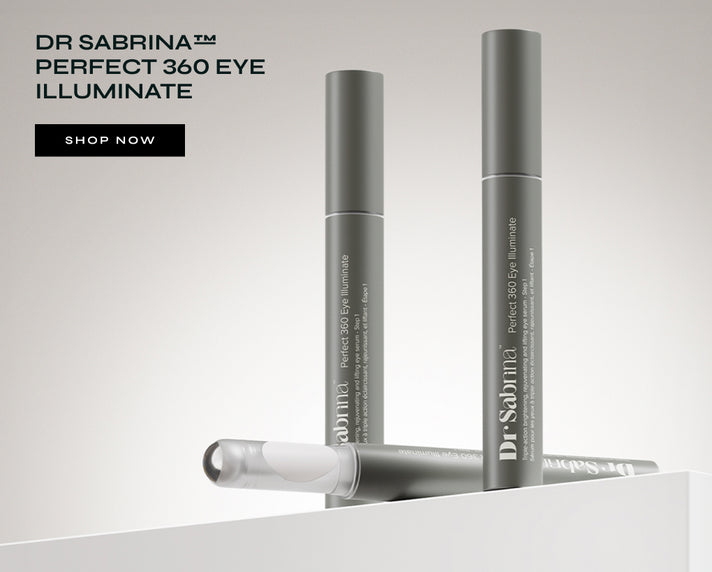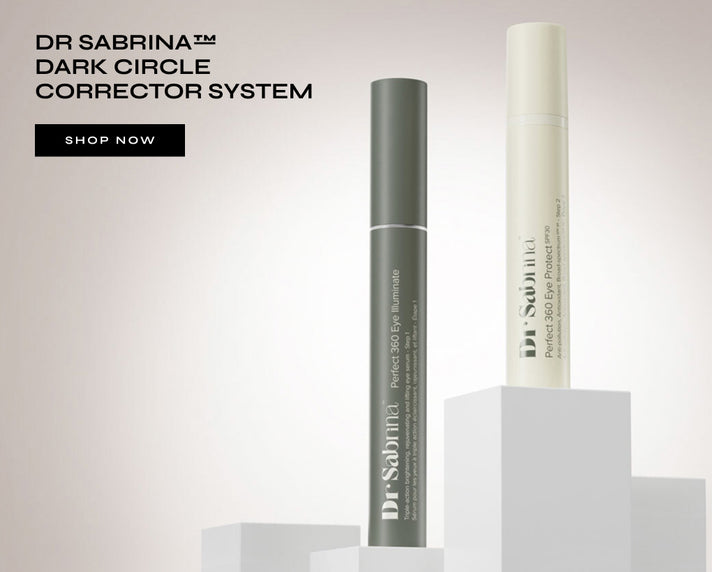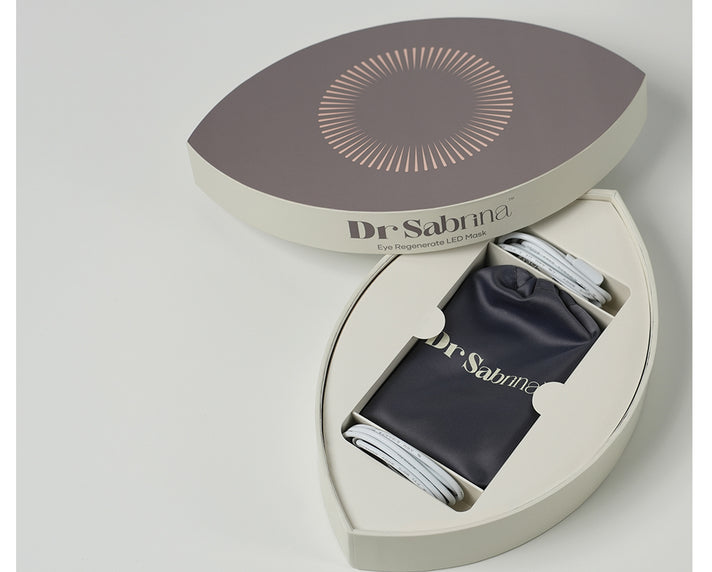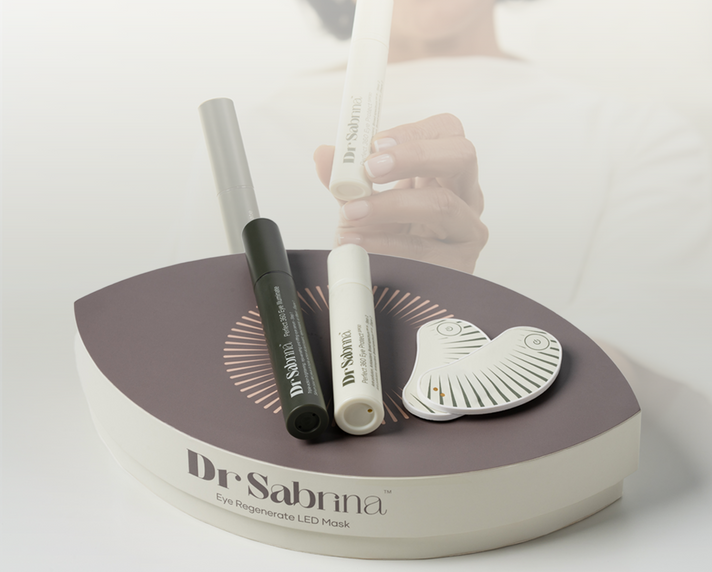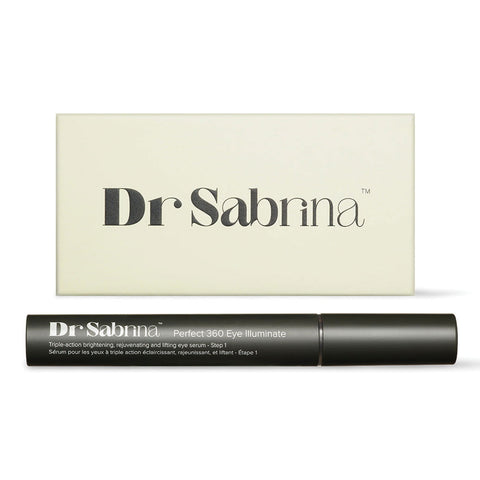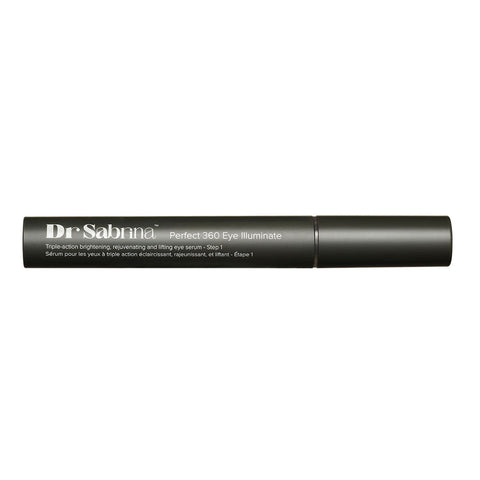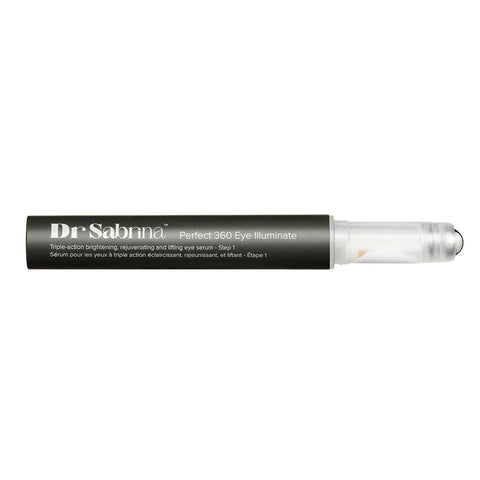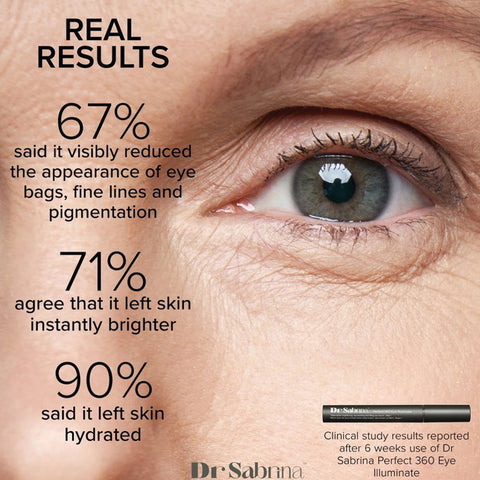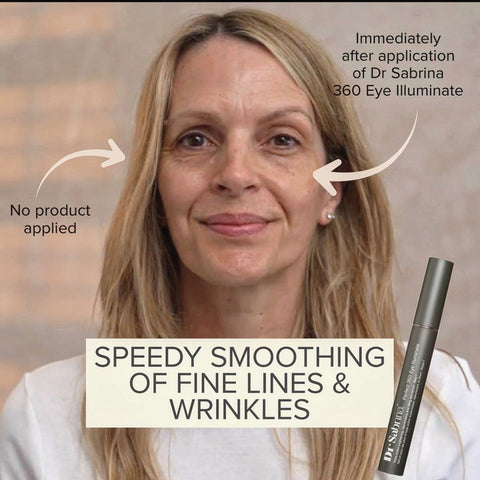Eye Serum
Best Remedy for Dark Circles: Complete Guide

Most of us have looked in the mirror one morning, only to spot those faint greyish or purplish shadows under our eyes. Dark circles and eye bags often make the face look tired even after a full night’s rest. In today’s busy lifestyle, they’ve become one of the most common skin concerns for both men and women.
Finding the best remedy for dark circles goes beyond quick hacks; it’s about understanding why they appear, what worsens them, and which remedies actually deliver visible results. In this blog, you’ll learn the real differences between dark circles and eye bags, the possible causes, tried-and-tested natural home remedies, lifestyle tips, and when to consider professional treatment options.
Let’s start by understanding what dark circles really are before diving into home and natural remedies.
What Are Dark Circles?
Dark circles are areas of pigmentation or discolouration under the eyes that make the skin appear darker than the surrounding facial skin. They can range from bluish, purple, brownish, or greenish tones, depending on your skin tone and underlying cause.
Difference Between Dark Circles and Eye Bags
People often confuse dark circles with eye bags, but they are distinct entities.
-
Dark Circles are related to pigmentation, dilated blood vessels, or shadowing under thin skin.
-
Eye Bags are mild swelling or puffiness under the eyes, usually caused by fluid retention, lack of sleep, or ageing.
While both can occur simultaneously, understanding the difference is crucial for selecting the appropriate remedy.
Common Causes of Dark Circles
1. Genetics and Pigmentation
For many, dark circles are a hereditary condition. Genetic factors can lead to increased melanin production or thinner under-eye skin, which makes blood vessels underneath more noticeable. Certain ethnicities are also more prone to pigmentation under the eyes.
2. Ageing and Skin Thinning
As we age, collagen and fat around the eyes naturally decrease. This thinning of the skin makes the veins beneath more visible, leading to a shadowed appearance.
3. Lack of Sleep and Fatigue
Poor sleep is one of the most significant contributors to this issue. When you’re sleep-deprived, blood vessels expand, making the area darker and duller. Fatigue also causes paleness, accentuating the under-eye discolouration.
4. Dehydration, Alcohol, and Smoking
Lack of hydration can cause the under-eye area to look sunken and shadowy. Excess consumption of alcohol or smoking restricts blood flow and leads to dull, uneven skin tone that adds to the appearance of dark circles.
5. Allergies or Nasal Congestion
When sinuses are congested or when you have allergies, blood flow to the area around the eyes becomes sluggish. This triggers dark circles and puffiness.
6. Nutritional Deficiencies
Iron deficiency, vitamin B12 deficiency, and low vitamin C levels can all contribute to dark, tired-looking under-eyes. Proper nutrition plays a major role in maintaining a healthy complexion.
Best Natural Remedies for Dark Circles

Natural remedies can be gentle, cost-effective, and ideal for maintaining the brightness of the under-eye area. Here are some tried-and-tested natural remedies for dark circles that actually help lighten and refresh your under-eye skin.
1. Cold Compress or Tea Bags
A cold compress helps reduce blood vessel dilation, minimising darkness and puffiness. You can also use cooled tea bags (green or black); their caffeine content helps constrict vessels and reduce inflammation.
2. Cucumber or Potato Slices
Cucumbers contain antioxidants and natural cooling properties that soothe and hydrate tired skin. Potato juice, rich in natural bleaching agents, can help reduce pigmentation. Place thin slices or use juice-soaked cotton pads for 10–15 minutes daily.
3. Aloe Vera, Rose Water, or Cold Milk
Aloe vera gel hydrates and calms the skin, while rose water refreshes the eyes and reduces puffiness. Cold milk contains lactic acid and proteins that nourish the thin under-eye skin. Soak a cotton pad and leave it under your eyes for 10 minutes.
4. Almond Oil or Vitamin E Massage
Gently massaging almond oil or vitamin E under your eyes before sleep helps boost blood circulation and replenish hydration. These oils are rich in antioxidants that soften and brighten skin over time.
5. Turmeric and Honey Mask
Turmeric has anti-inflammatory properties, and honey acts as a humectant, retaining moisture. A mixture of both can improve tone and texture under the eyes when applied regularly.
6. Dietary Remedies
Your skin reflects your diet. Include iron-rich foods like spinach, lentils, and lean meats; vitamin C sources like oranges and kiwi; and drink enough water. A balanced diet ensures the under-eye skin remains healthy from within.
Home Remedies for Dark Spots and Pigmentation
Since dark circles are a form of pigmentation, you can also take cues from home remedies that help fade dark spots.
1. Lemon Juice (With Caution)
Lemon has natural bleaching properties, but it can be harsh on sensitive skin around the eyes. Always dilute it and patch-test before use. Avoid exposure to sunlight after applying it.
2. Tomato Pulp and Turmeric
Tomato contains lycopene, a natural lightening agent. Mix tomato pulp with a pinch of turmeric and apply it as a mask for a gentle, brightening effect.
3. Yoghurt and Gram Flour Pack
Mix yoghurt with a small amount of gram flour to create a soothing mask. Yoghurt helps exfoliate the skin lightly due to its lactic acid content, and gram flour helps tighten and refresh the skin.
4. Consistent Sunscreen Use
Sunscreen is essential, even for the delicate under-eye area. Sun exposure can worsen pigmentation drastically. Use a lightweight SPF and sunglasses for daily protection.
For visible results, you can pair these natural approaches with a good eye serum for dark circles that supports hydration and brightness while preventing pigmentation recurrence.
Lifestyle & Skincare Tips for Dark Circle Removal
Lifestyle habits are often the deciding factor between mild and prominent dark circles. Small changes can make a big difference over time.
1. Proper Sleep Schedule
Aim for 7–8 hours of sleep each night. Establish a consistent bedtime routine to avoid fatigue-related shadows.
2. Stay Hydrated
Drink enough water throughout the day. Hydration keeps the skin plump and reduces the sunken appearance that adds to eye darkness.
3. Avoid Rubbing or Tugging
The skin under your eyes is delicate. Rubbing or scratching can lead to irritation and hyperpigmentation, making dark circles darker.
4. Use Sunscreen and Sunglasses
Protecting your eyes from UV exposure helps prevent the worsening of pigmentation. Wear sunglasses during the day and apply SPF daily.
5. Choosing the Right Under-Eye Cream
Choose creams formulated with caffeine (for puffiness), vitamin C (for brightening), and peptides (for firming). These ingredients target root causes and help lighten the area progressively.
If you’re shopping for the best products for dark circles, look for dermatologist-approved options that combine brightening and hydrating actives for lasting improvement.
Dark Circle Removal Tips That Actually Work
1. Cold Therapy for Quick Relief
Applying a cold compress or keeping a chilled spoon on your under-eyes for a few minutes each morning can reduce puffiness and temporarily tighten the skin.
2. Eye Massage to Boost Circulation
Use your ring finger to gently tap and massage the under-eye area with a lightweight under eye serum. Improved blood circulation helps reduce stagnant blood pooling under thin skin.
3. Daily SPF for Prevention
Sun exposure worsens pigmentation, even indoors. Wearing sunscreen daily is one of the most underrated tips for reducing dark circles.
4. Balanced Diet and Stress Management
Dark circles thrive under stress. A diet rich in antioxidants, regular exercise, and relaxation practices like deep breathing or yoga can visibly improve your skin tone.
Professional Treatment Options
-
Chemical Peels: Exfoliate the top pigmented layers to reveal brighter skin underneath.
-
Laser Therapy: Targets melanin buildup and broken capillaries that cause discolouration.
-
Dermal Fillers: Restore lost volume under the eyes to reduce shadowing and enhance appearance.
-
Microneedling: Stimulates collagen to thicken under-eye skin and minimises he visibility of blood vessels.
The Expert’s Choice: Dr Sabrina Dark Circle CorrectorIf you’re looking for a clinically backed solution that’s gentle yet effective, try the Dr Sabrina Dark Circle Corrector Formulated with brightening peptides, niacinamide, and hydrating botanicals, it helps reduce pigmentation while improving skin elasticity. Apply a small amount daily under the eyes to fade dark circles and refresh your overall appearance. It pairs well with daily SPF and nighttime hydration routines. Many users have noticed a visible reduction in darkness within weeks, making it a reliable choice for those seeking the best remedy for dark circles without harsh chemicals. |
Conclusion
Dark circles and eye bags may look similar, but they have different causes and require targeted solutions. From improving your sleep schedule and staying hydrated to trying natural remedies like cucumber or almond oil, there are numerous ways to restore the brightness of your under-eye area.
However, for quicker and more consistent results, adding a clinically formulated cream can make a visible difference.
FAQs
1. Can dark circles go away completely?
They can be reduced significantly with consistent care, hydration, proper sleep, and targeted treatments. For genetic pigmentation, maintenance skincare helps control its appearance.
2. What’s the fastest natural remedy for dark circles?
Cold compresses and cucumber slices deliver quick relief by reducing puffiness and enhancing brightness. However, for lasting results, combine them with a good eye cream.
3. Are dark circles genetic?
Yes, genetics plays a large role in some cases. If your family members have them, you may be more likely to experience them, though lifestyle changes can minimise their visibility.
4. Do eye creams really help?
Yes, especially when chosen for your specific concern. Ingredients such as vitamin C, caffeine, and niacinamide can help brighten and firm the area with regular use.


